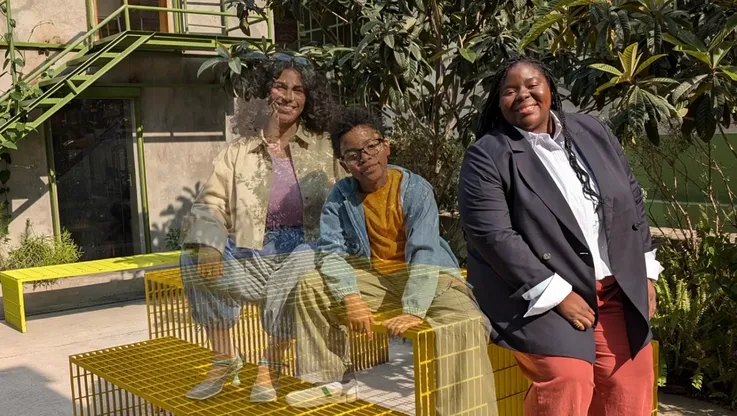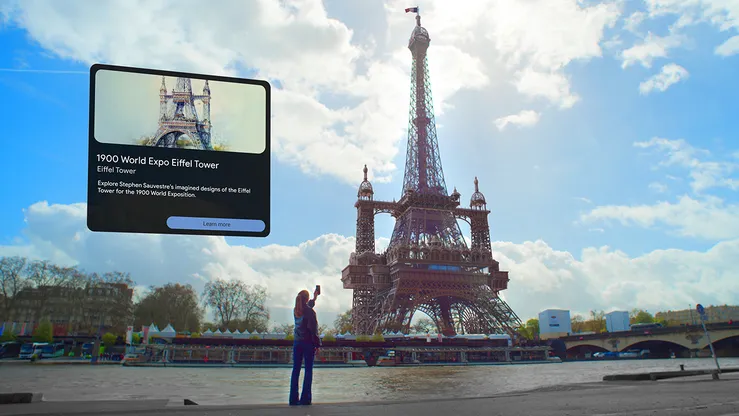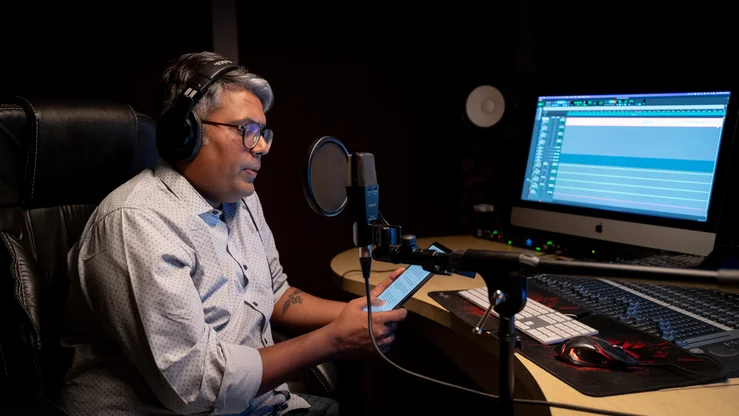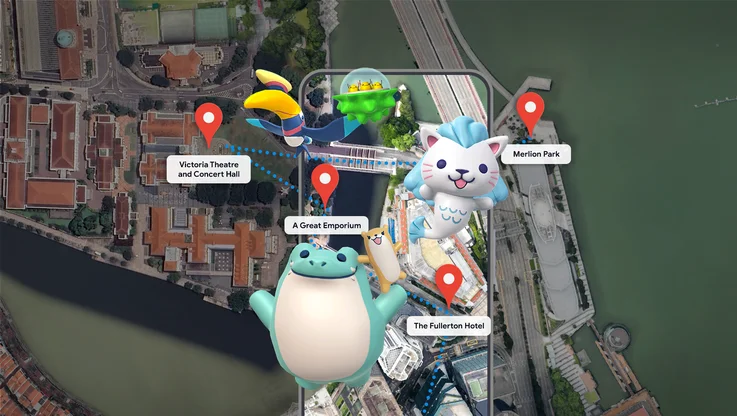How journalists can tell compelling stories using VR

Over the past few years, we’ve seen the rise of a new medium for storytelling in journalism: virtual reality. From the printing press to radio, from television to the internet, and now VR, technological innovation has changed how journalists gather, report and deliver the news. VR is already making an impression on journalism by immersing an audience in a story, offering unlikely perspectives and creating connections to emotional moments.
At the Google News Lab, we help journalists develop a better understanding of how to tell stories in VR. So, for the past six months, we've conducted a research study that offers insight into what makes VR a distinct storytelling medium, why it’s alluring to people, and what that means for storytellers. We also partnered on this study with a team at Google called ZOO, a creative think tank for brands and agencies.
The study used a method of qualitative research called ethnography, which uses in-field observations and interviews to understand a person’s relationship with an experience. We conducted 36 interviews with a diverse range of participants, observing them as they interacted with their favorite VR pieces and asking them to reflect on how the experience made them feel.
Our study found that VR was distinct from other storytelling mediums in a few key ways. First, it conveys the sense that the viewer is “living the story” as opposed to passively consuming it (“storyliving” rather than storytelling). VR also allows people to dramatically expand their perspective on a story and can leave them with strong emotional experiences, but sometimes that comes at the expense of conveying information.
Participants found VR alluring for a few reasons: viewers can participate rather than simply be immersed in an experience; they can seek out a specific emotion, like happiness, or sadness or fear; and they can embody someone or something else—a bird, a tree, or a person living on the other side of the world.
So, what do our findings mean for journalists who want to tell compelling stories in VR? Here are three factors journalists should consider, plus some tips for how you can incorporate VR into your reporting:
- VR is effective when it’s focused on conveying an emotional experience
Given that VR is a medium that privileges storyliving over storytelling, journalists should approach how they structure and frame a story differently than they would with more traditional mediums.
For journalists, focus on conveying an emotional impression, rather than telling a story that follows a traditional narrative arch with a beginning, middle, and an end. Consider the emotional state you want the viewer to experience and find the moment within your story that can best deliver that. A viewer will often seek out more information about the subject they have just been immersed in, so it makes sense to package that detail or backstory alongside the VR experience. - Play with perspective in new ways and create opportunities for participation
Conveying perspective—or encouraging people to see a story through someone else’s eyes—is critical to good journalism. VR has the unique ability to produce a sensation of embodiment which can be a powerful tool to expand perspective.
So journalists should let viewers choose a perspective. Can you let a viewer experiences a story about a political crisis from a particular side of the conflict? Play the baseball game from the perspective of two teams? See outer space from the inside of an astronaut’s helmet? - Consider the heightened vulnerability of subjects when telling a story
VR can leave viewers in a state of vulnerability, both physically and emotionally. A person can feel surprised or shocked when entering the virtual experience or re-integrating into reality at the end of an experience.
That means journalists should consider the ethics (both pitfalls and advantages) of making your viewer feel vulnerable when constructing a story about an emotionally sensitive topic. Journalists take this into account when constructing stories in a traditional medium, but the vulnerability is more pronounced in VR.
You should also signal to a viewer when they’re entering a story and when they’re exiting from it (similar to how movies begin with a title and end with the credits). This is especially important at the end of a VR story since viewers typically piece together their understanding of the story after it’s over.
VR creates an opportunity for journalists to tell stories in a new way. Insights from our study can help journalists use VR to expand perspectives, create strong emotional connections to a story, and spread knowledge that matters. Go ahead, immerse yourself.






